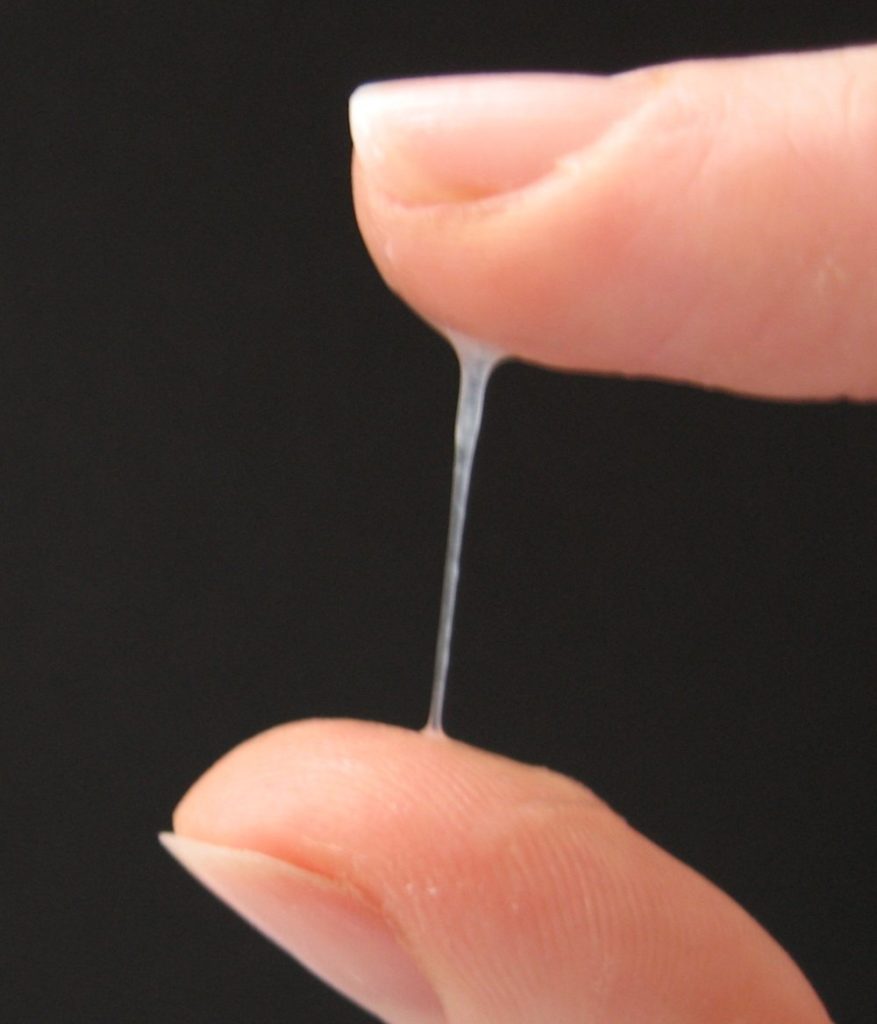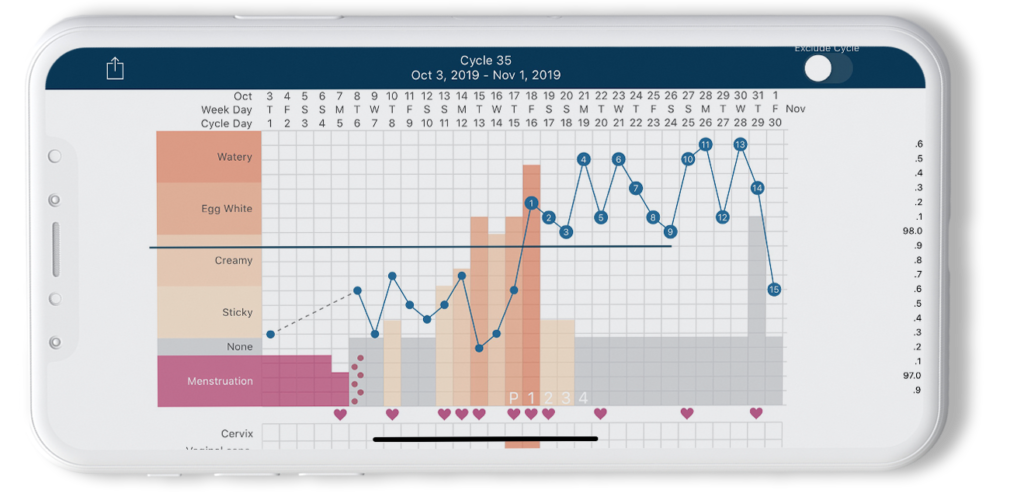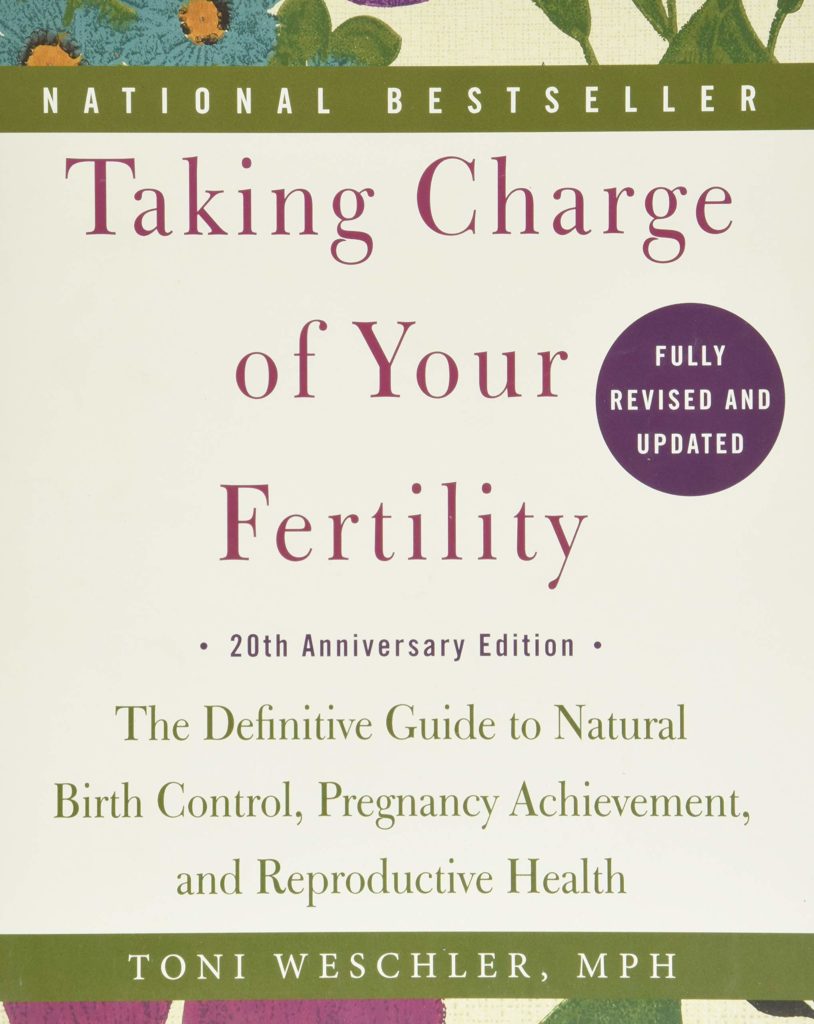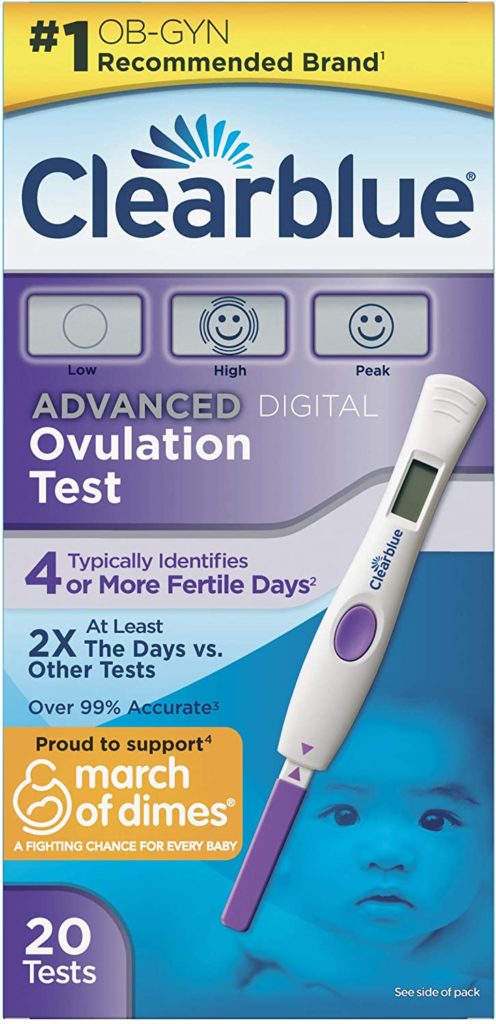How to Track Ovulation
In case you’ve forgotten, ovulation is the linchpin when it comes to trying to conceive (check out our basic refresher on this here). Timing up intercourse with ovulation (even better if it’s a day beforehand) greatly increases a couple’s chances of conceiving in any given month.
Problem is — it’s not always so easy to figure out when you are ovulating — or if you are even ovulating at all.
In theory, if you know how long your menstrual cycle is, then pinpointing ovulation should be relatively easy — it’s somewhere in the very middle week of your cycle, right? Wrong!
Figuring out how to track ovulation can in fact be quite the endeavor. Depending on how long your follicular/luteal phases are, ovulation can occur remarkably early or late in the course of your cycle. And even if it does occur somewhere roughly in the middle (remember, the first day of your cycle is the first day of your period), many women still find it tricky to know for sure.
A mature egg is only ripe for fertilization for 12-24 hours after it’s released, but sperm are capable (cough — capable) of living inside the female reproductive organs for up to five days. This helps with the timing.
Some women find that they are able to detect ovulation using a calendar alone (good for you!), but there are other ways and methods for identifying when in the course of your cycle you ovulate… Here’s how to track ovulation:
Bodily Signs and Symptoms
- Abdominal bloating (in some women)
- Changes in sex drive
- Changes in cervical fluid (sometimes referred to as vaginal secretions) — during ovulation, secretions increase and take on a stretchy “egg white” mucus-y appearance and texture.

- Changes in cervical position — during ovulation the cervix becomes soft, high, open and wet; *note: to have any chance at detecting these changes, you’d need to practice regular cervical tracking. You can read more about how to do this in Taking Charge of Your Fertility, the beloved TTC bible.
Considerations: On the plus side, tuning into these signs and symptoms is free; on the downside, they are very subjective and can be frustrating to key into. But the more you pay attention to them, the more you’ll know your body — and that’s pretty cool.
Basal Body Temperature Charting
A woman’s basal body temperature (ie, your body temperature when you are FULLY at rest) rises slightly when she ovulates, so you can practice basal body temperature charting to take note of that change. If you see that you get an elevated reading for three days, ovulation probably happened right beforehand; the most fertile days are actually immediately before the temperature increase. The idea here is that you can follow trends over time and be in tune with your body in the long run — not to tell you you’re ovulating in real time, right now.

If you’re interested in doing this, you’ll need a good thermometer (it needs to be able to detect minute changes accurately — seriously, it’s an insanely finicky measurement… this one is well-liked). In short form, basal body temperature tracking entails taking your temperature every morning at the same time before you even sit up/get out of bed, and documenting your results.
Tip — put the thermometer on top of your alarm, or your phone — somewhere where you’re forced to see it first thing, otherwise you’ll forget!
If you plan to temperature chart, get yourself a copy of Taking Charge of Your Fertility.
Considerations: Basal body temperature charting is not technically free, since you do need a thermometer, but the device is relatively inexpensive. Some women find temperature charting an easy habit to get into, while others find it difficult or annoying to practice. Similarly, many women experience great success with temperature charting, but others whose temperatures don’t “behave” as well report feeling like they’re trying to interpret ancient Egyptian hieroglyphics, and get frustrated with the process or their bodies, which is obviously not ideal.
Fertility & Menstrual Cycle Apps
There are a number of fertility apps available now to aid in all this tracking, if you prefer digital recording. They’re not perfect — just like manual charting, they’re subject to the information inputted, which is subjective — but they can be a useful aid. Flo and Clue are good options, and Kindara also has a wealth of information on its app. Natural Cycles is another, and it’s FDA-approved for natural family planning.
Fertility tracking apps prompt you to input certain data and symptoms (days on your period, cramping, moods, physical signs, etc.), and interpret your information to help clarify your cycle and your fertile window month-to-month. Most are easy to use and contain tons of didactic content on a variety of women’s health topics.

A number of such apps also have their own basal body thermometer that you can purchase separately and automatically syncs with the app when you record a temp. The debate on these tends to fall along the same lines as those who prefer their Google calendar/smartphones vs. a paper planner…
Ovulation Predictor Kits (OPKs)
These over-the-counter tests detect elevated levels of the luteinizing hormone, which surges roughly 36 hours prior to ovulation. They look and work similarly to pregnancy tests, *but you have to use them for several days in a row leading up to ovulation (also first thing every morning).
The idea is you start taking the tests to measure a baseline and then, with daily use, measure to identify when luteinizing hormone levels increase. They all come with their own instructions as to when to start (how many days into your cycle); make sure to follow the directions carefully.
The runaway favorite in this department is the Clearblue Advanced Digital Ovulation Test Predictor Kit (above), because the digital read is so easy, but if you don’t mind the work of interpreting the shading of testing strips, these are much cheaper and also very well-liked.
Considerations: OPKs are a more surefire way to know when your fertile window is (though they’re still not perfect — they only tell you that you are going to ovulate, and they can’t confirm that you did); however, they are pricey.
_____
Good luck tracking! And try not to get stressed out about it — trying to conceive is a big whopping roller coaster of… all the feels. You know yourself better than anyone else, so make sure to do whatever feels right/comfortable for you. And remember, if you have zero interest in getting too in-depth with all the “how to track ovulation” material (this makes it sound like a children’s detective game, doesn’t it?), you can always try having intercourse every other (or even every third) day around when you’re ovulating for several cycles — it’s likely that the timing would align at some point. 🙂

